9 Emerging Airport Innovations That Will Transform Your Travel Experience by 2030
Airports are no longer just gateways—they're becoming experiences in themselves. As global travel surges and technology evolves, the airports of 2030 are set to look and feel radically different. Imagine gliding through biometric check-ins, relaxing in AI-optimized lounges, or boarding from terminals powered entirely by clean energy. The future of air travel isn’t just about getting from A to B—it’s about doing it smarter, faster, and more sustainably. In this article, we explore 9 cutting-edge innovations that are set to transform the way we move through airports. From contactless journeys to climate-conscious infrastructure, these breakthroughs promise to make travel not only more efficient, but surprisingly enjoyable. Welcome to the next generation of airports—where design meets intelligence, and the journey becomes as remarkable as the destination.
1. Biometric Boarding: A Seamless Journey
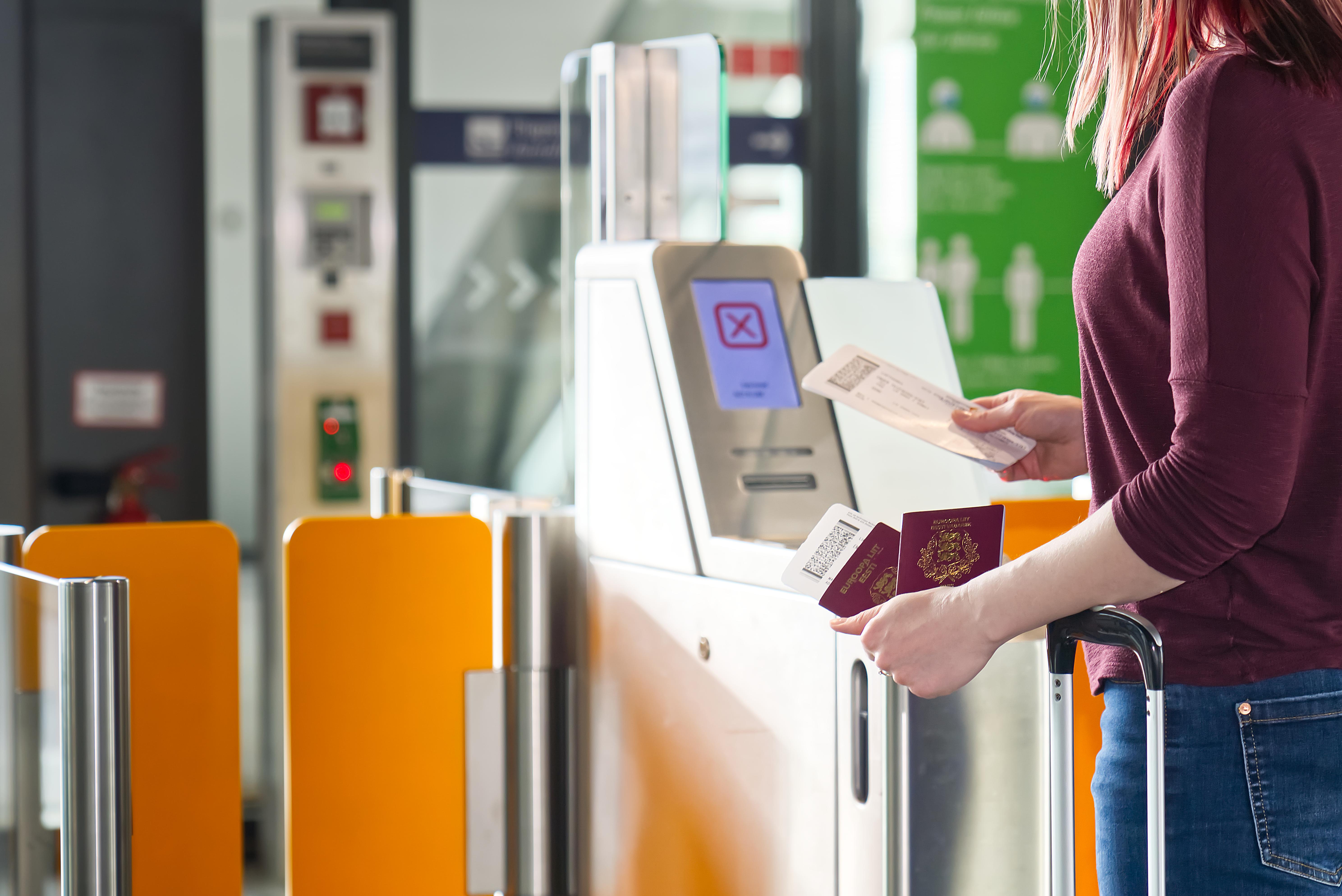
One of the most anticipated innovations in airport technology is the widespread adoption of biometric boarding systems. By 2030, these systems are expected to be a standard feature in major airports worldwide. Using facial recognition, fingerprint scanning, or iris recognition, biometric boarding will allow passengers to move through security checkpoints and board flights with unprecedented speed and ease. This technology not only enhances security by reducing the risk of identity fraud but also minimizes the need for physical documentation, thus streamlining the entire boarding process. As a result, travelers can expect shorter wait times and a more personalized travel experience.
2. Smart Baggage Handling: Efficiency at Its Best

The future of baggage handling lies in smart technology designed to reduce lost luggage and improve efficiency. By 2030, RFID tags and IoT-enabled tracking systems will become standard, allowing passengers to monitor their baggage in real-time through mobile apps. This innovation will not only provide peace of mind but also enable airports to optimize baggage routing and reduce mishandling. Additionally, automated sorting systems and robotic handlers will further enhance the speed and accuracy of baggage processing, ensuring that your luggage arrives at your destination as promptly as you do.
3. Autonomous Vehicles: Revolutionizing Ground Transport

Autonomous vehicles are set to transform how we navigate airports and their surrounding areas. By 2030, driverless shuttles and taxis will be commonplace, offering travelers a convenient and efficient means of transportation to and from terminals. These vehicles will be equipped with advanced sensors and AI systems to ensure safe and reliable operation. Moreover, the integration of autonomous vehicles will reduce congestion and pollution, contributing to a more sustainable airport environment. As these technologies continue to evolve, they promise to enhance the overall travel experience by offering seamless connectivity and reducing transit times.
4. Virtual and Augmented Reality: Enhancing Passenger Experience

Virtual and augmented reality (VR and AR) technologies are poised to revolutionize how passengers interact with airport environments. By 2030, these immersive technologies will be used to provide real-time navigation assistance, virtual shopping experiences, and even stress-relief activities. For instance, AR apps could overlay directional arrows on a traveler's smartphone screen, guiding them to their gate or favorite café. Meanwhile, VR experiences could offer passengers a virtual escape during long layovers, ranging from interactive games to virtual tours of their destination city. These innovations will not only enhance convenience but also make the airport experience more engaging and enjoyable.
5. Green Airports: Sustainability Takes Flight
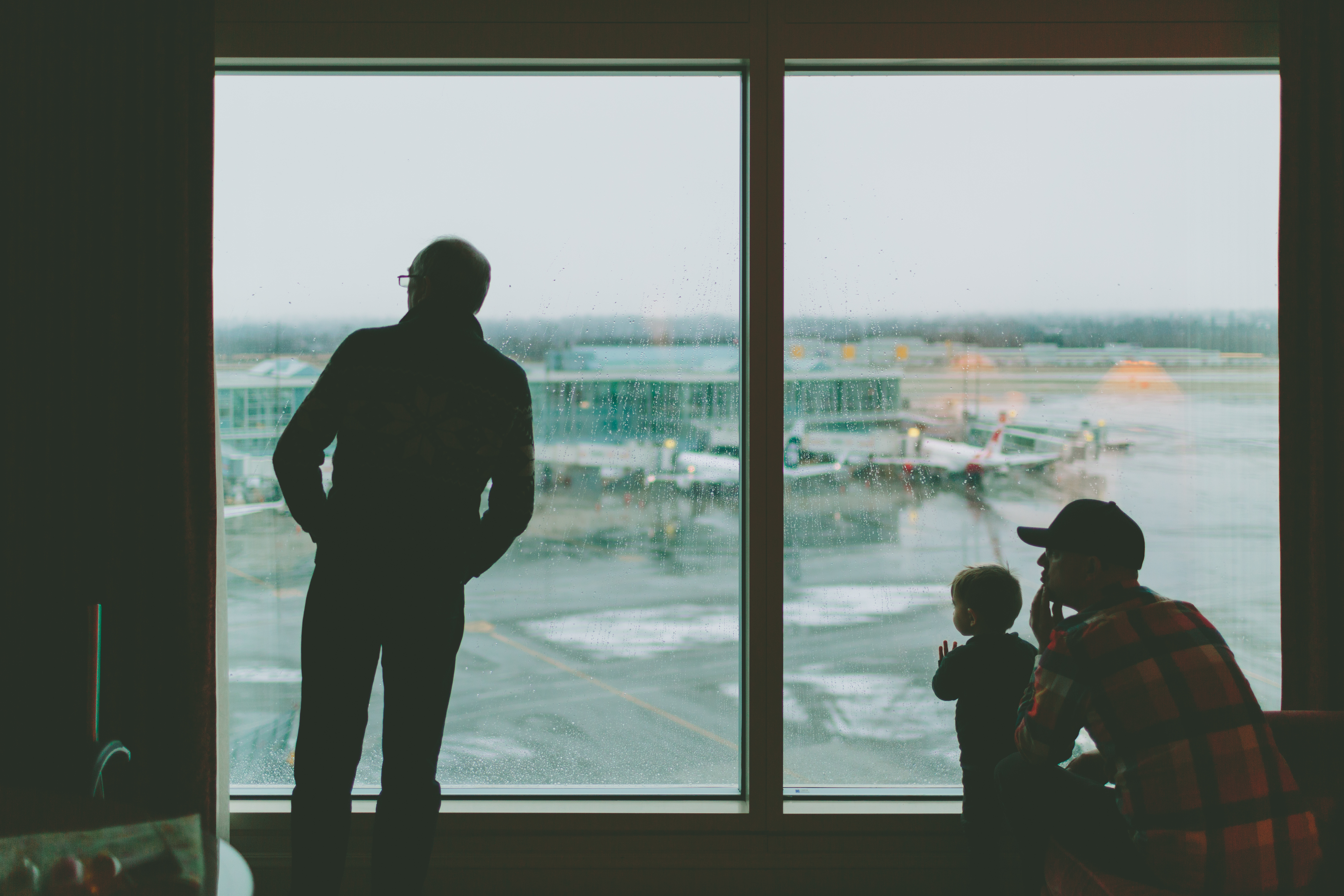
As environmental concerns continue to rise, airports are embracing sustainable practices to reduce their carbon footprint and promote eco-friendly travel. By 2030, many airports will have transitioned to renewable energy sources, such as solar and wind power, to operate their facilities. Additionally, green building designs, waste reduction programs, and sustainable water management systems will become standard. These efforts will not only minimize environmental impact but also appeal to environmentally conscious travelers. By prioritizing sustainability, airports will play a crucial role in the global effort to combat climate change, setting a benchmark for other industries to follow.
6. Advanced Air Traffic Management: The Sky's the Limit
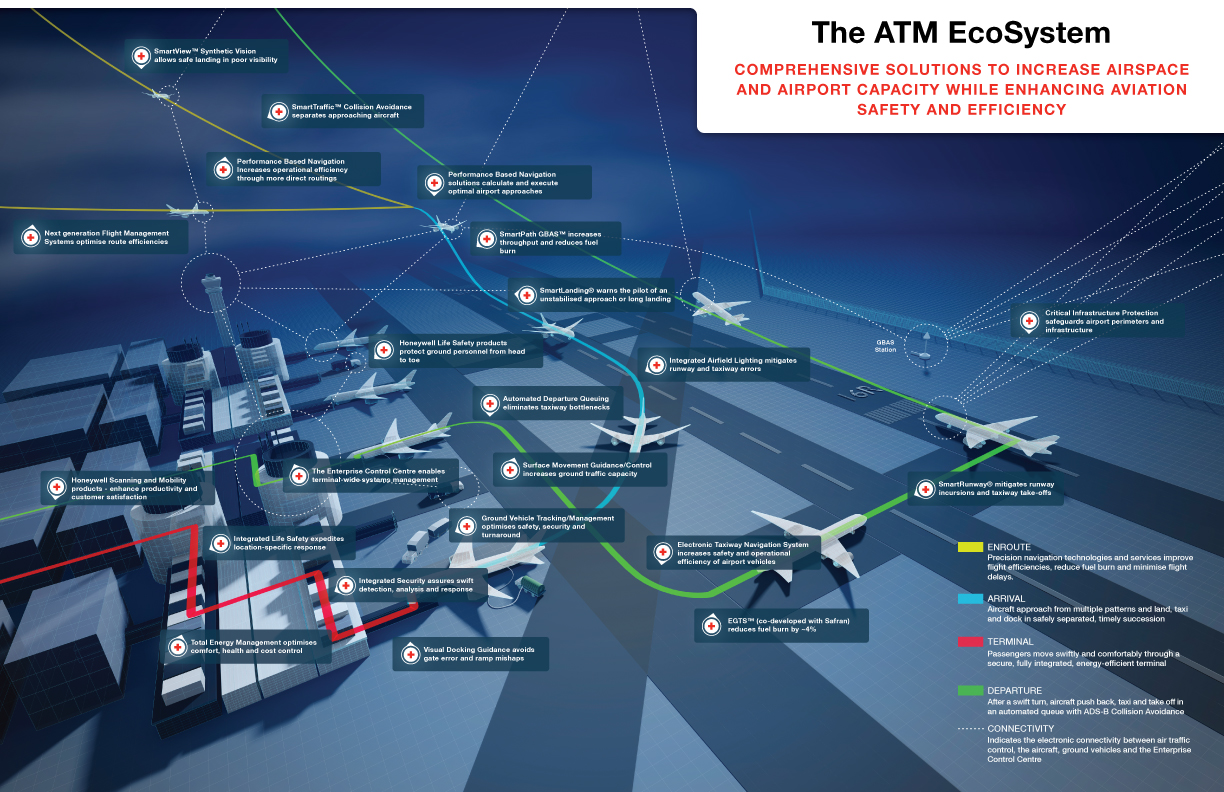
The increasing volume of air traffic demands more sophisticated air traffic management systems to ensure safety and efficiency. By 2030, next-generation air traffic control technologies will leverage AI and machine learning to optimize flight paths, reduce delays, and enhance communication between aircraft and ground control. These systems will enable more precise tracking of aircraft, allowing for better coordination and improved safety. Furthermore, advanced data analytics will facilitate proactive decision-making, helping to prevent congestion and streamline airport operations. As a result, travelers can expect smoother flights and more reliable schedules, enhancing the overall travel experience.
7. Hyper-Personalized Services: Catering to Individual Needs
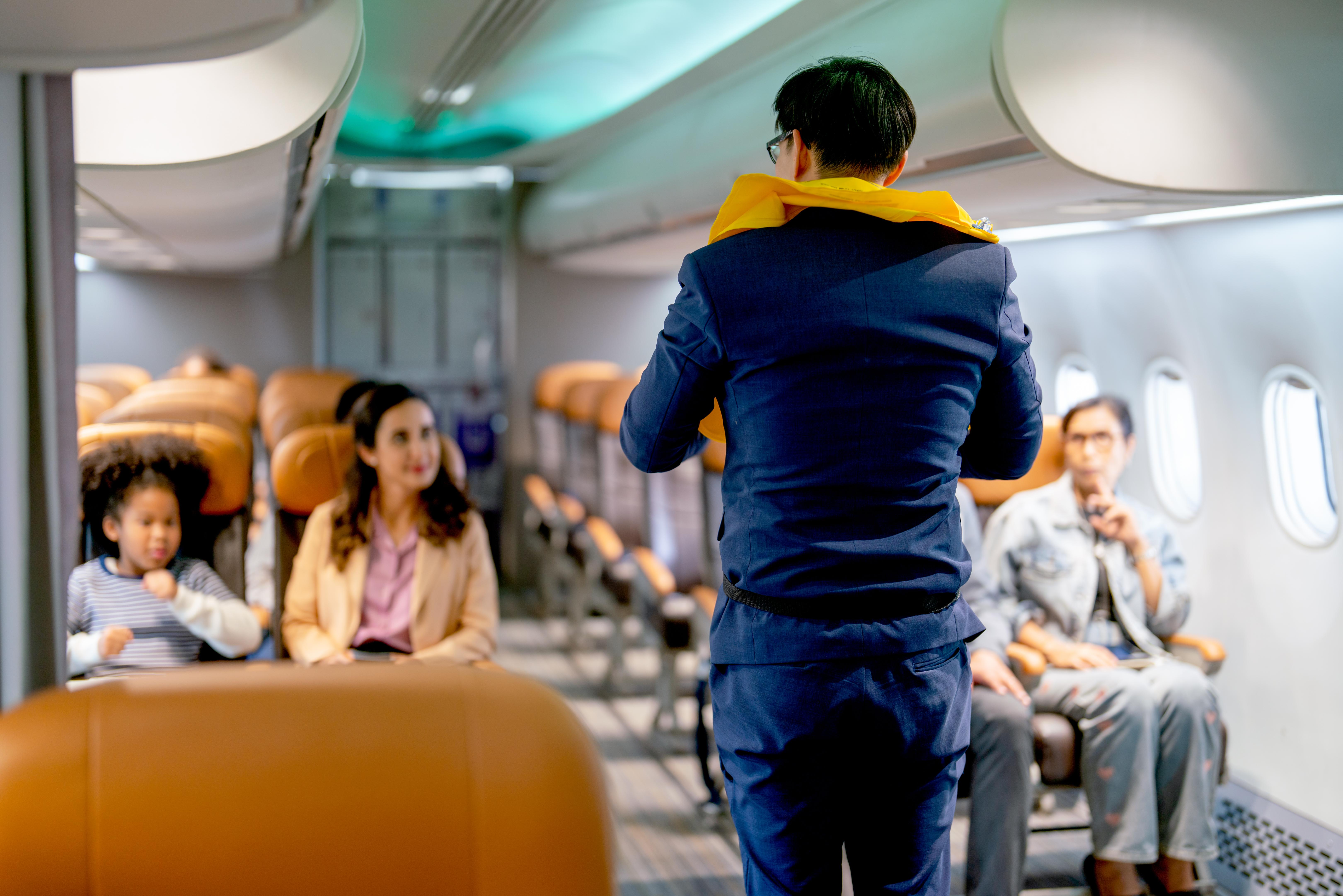
In the future, airports will offer hyper-personalized services tailored to the unique preferences and needs of each traveler. By 2030, data analytics and AI will enable airports to anticipate passenger requirements, from preferred dining options to personalized shopping recommendations. For example, a traveler with dietary restrictions could receive notifications about suitable meal options available at the airport. Additionally, loyalty programs and mobile apps will provide customized offers and discounts, enhancing the value of the travel experience. This level of personalization will not only improve customer satisfaction but also foster a sense of loyalty and connection with the airport brand.
8. Health and Wellness Innovations: Prioritizing Passenger Well-being
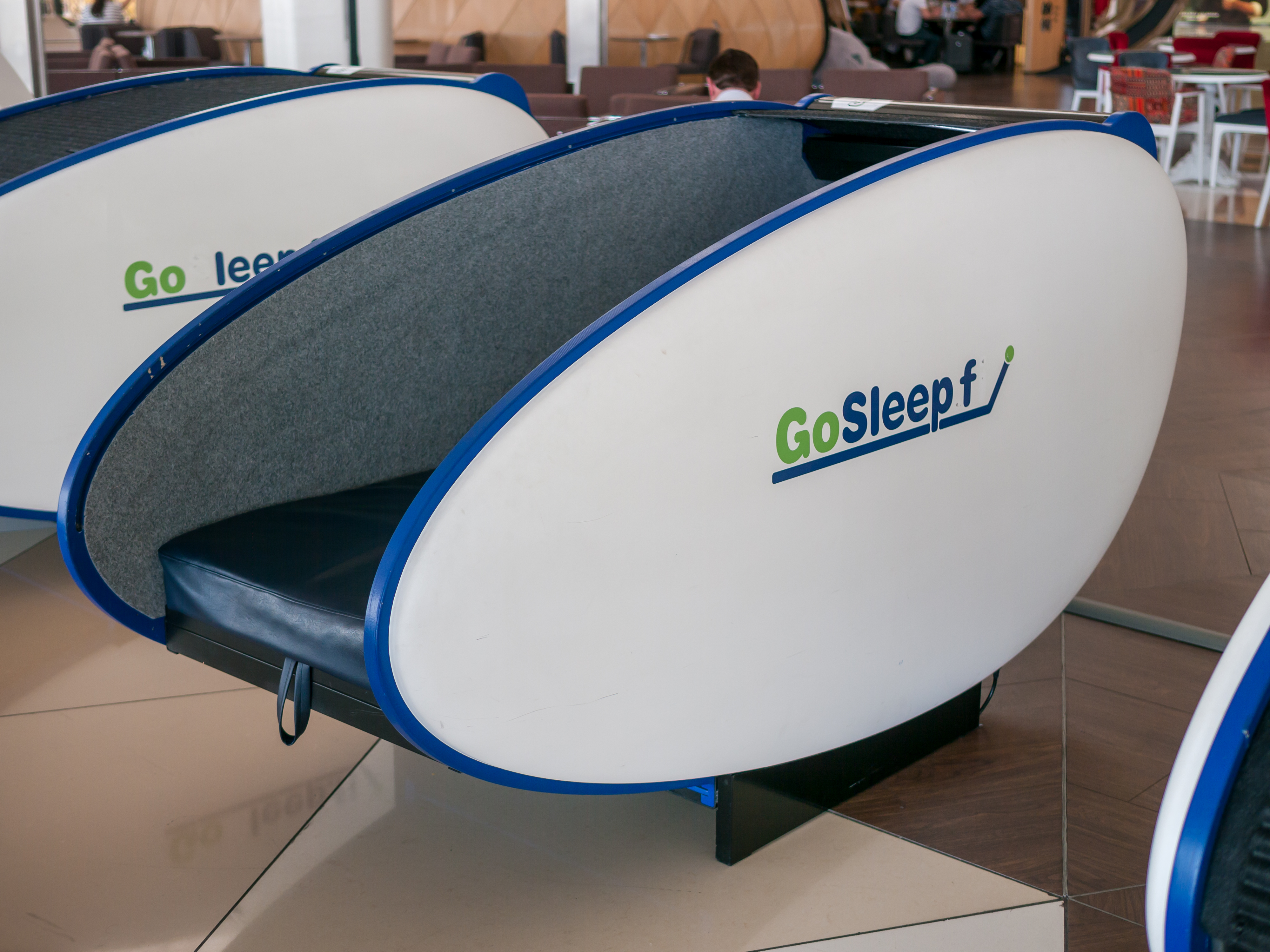
The importance of health and wellness has never been more apparent, and airports are rising to the challenge by incorporating innovative solutions to promote passenger well-being. By 2030, travelers can expect to find dedicated wellness zones offering amenities such as nap pods, yoga studios, and meditation spaces. Moreover, airports will integrate health monitoring technologies, allowing passengers to track their vital signs and receive health tips during their journey. These initiatives will not only reduce travel-related stress but also promote a healthier lifestyle, ensuring that passengers arrive at their destinations feeling refreshed and rejuvenated.
9. Enhanced Security Measures: Balancing Safety and Convenience
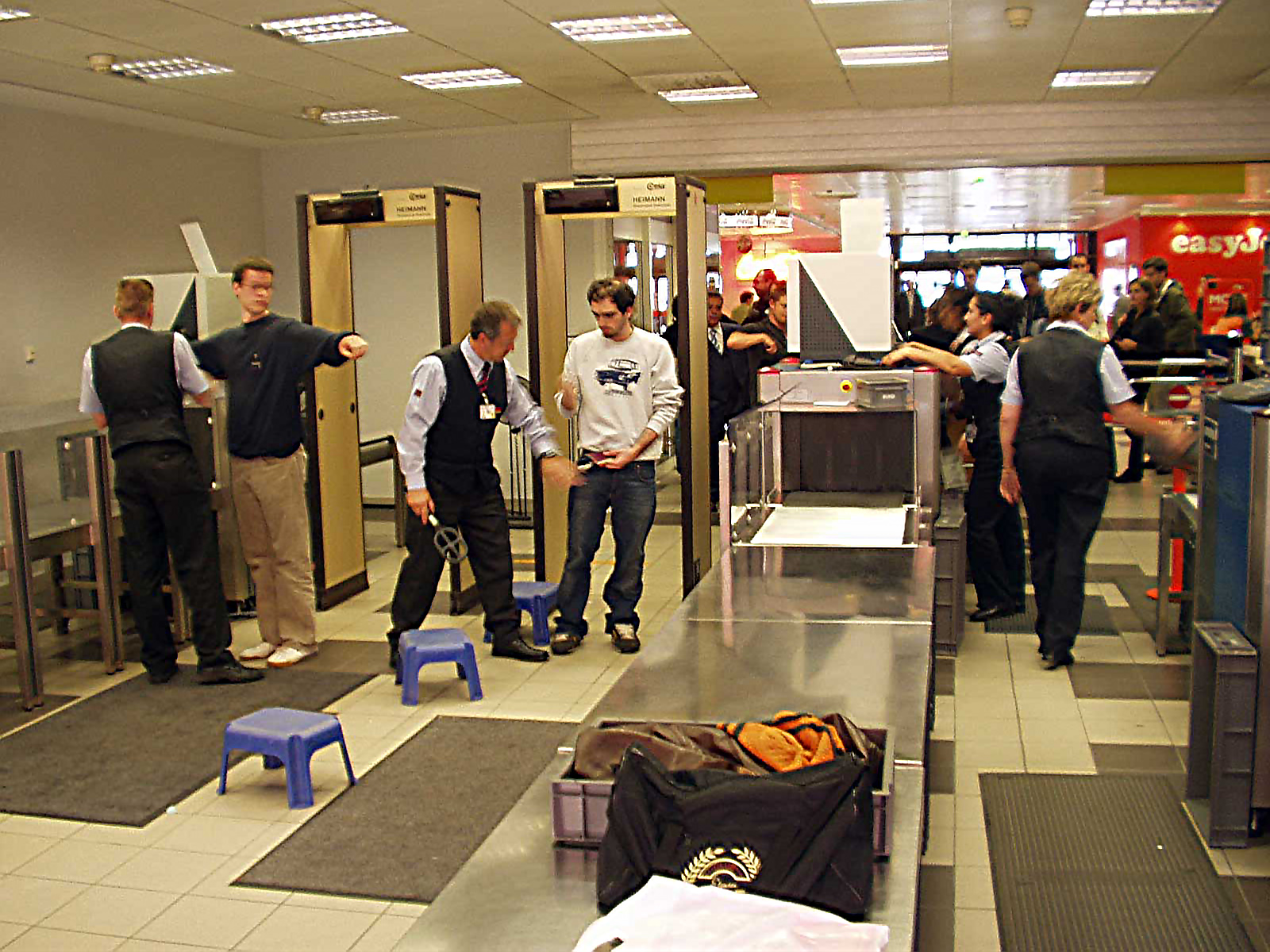
Security remains a top priority for airports, and by 2030, advanced technologies will ensure that safety measures are both effective and unobtrusive. Innovations such as AI-powered threat detection systems, automated security screening, and non-intrusive body scanners will streamline the security process while maintaining high safety standards. These technologies will reduce the need for manual checks, minimizing wait times and enhancing passenger comfort. Furthermore, the integration of data analytics will enable airports to identify potential security threats proactively, ensuring a safe and secure travel environment for all passengers.
Embracing the Future of Air Travel
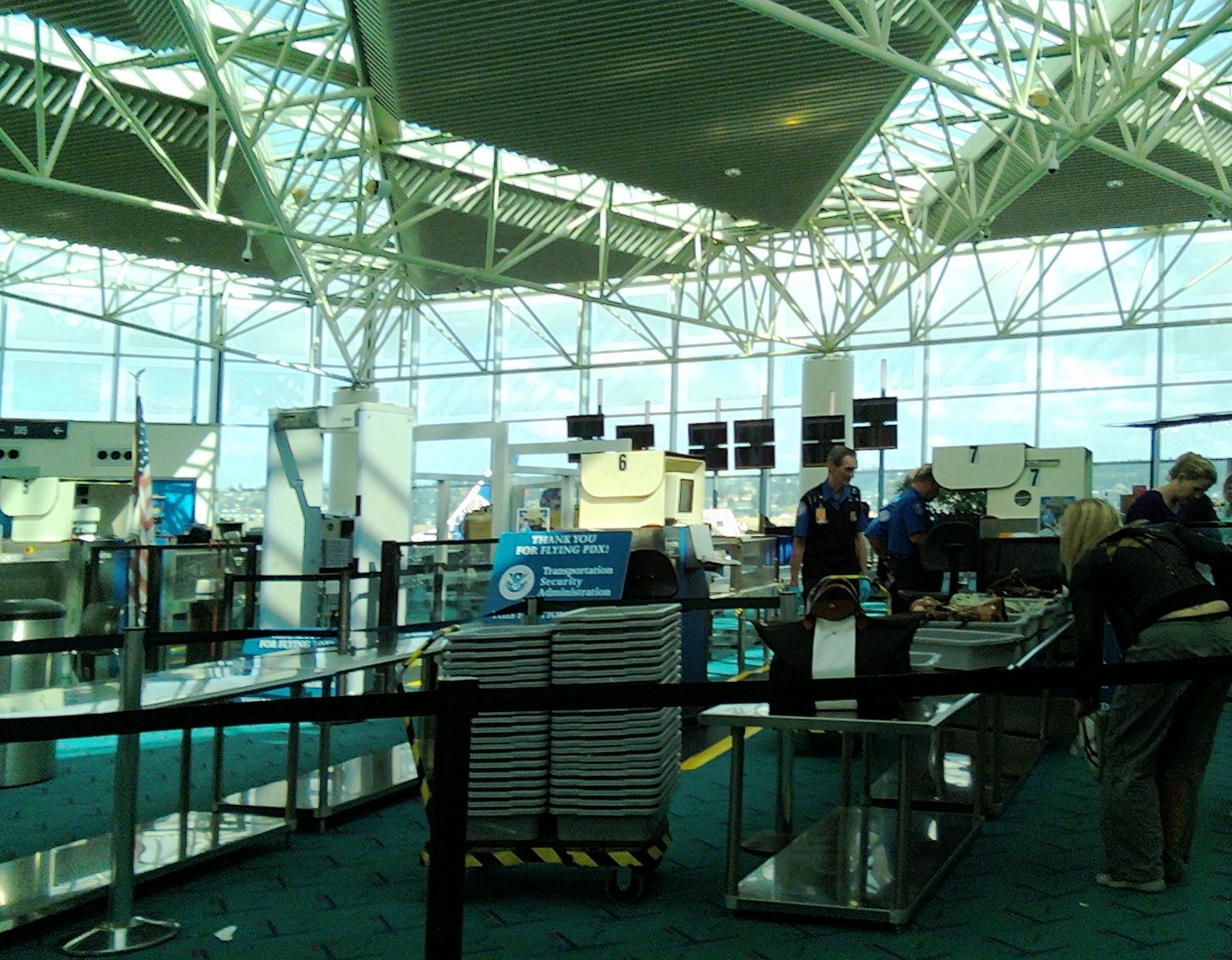
As we approach 2030, airports are poised to become more than just transit hubs—they're evolving into intelligent, immersive ecosystems designed around the traveler. With innovations like biometric boarding, AI-powered personalization, and bold sustainability initiatives, the airport of the future will offer a seamless blend of speed, comfort, and conscience. These changes aren’t just upgrades—they’re a complete rethink of how we move through space and time. From reducing friction at every touchpoint to reimagining the airport as an experience in itself, these advances promise a future where travel feels less like a chore and more like a privilege. As these breakthroughs take off, they’ll reshape not only the way we fly—but the way we think about the journey.








